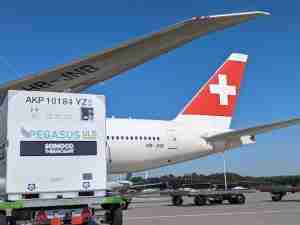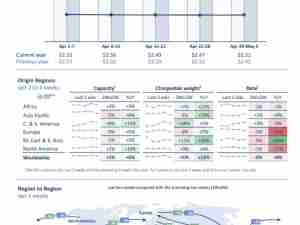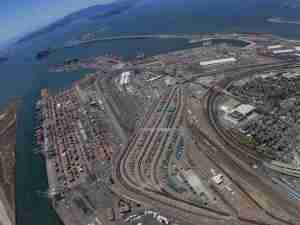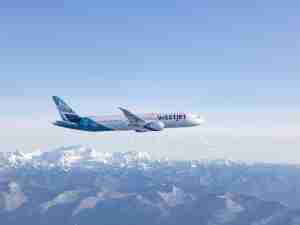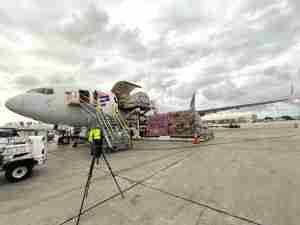United Airlines Sees More Fare Weakness as Rebound Falters
By: | Oct 19 2017 at 08:02 AM | Air Cargo
United Continental Holding Inc. is still suffering from a summer fare war.
A key gauge of pricing power will slide anew in the last three months of the year, with a drop of 1 percent to 3 percent, the airline said as it reported earnings late Wednesday. That’s after a third-quarter decline of 3.7 percent in passenger revenue for each seat flown a mile, or unit revenue—a drop that halted a short-lived recovery.
The forecast underscores United’s slow rebound after chopping fares as Chief Executive Officer Oscar Munoz and President Scott Kirby sought to win back customers, battle discounters and ramp up flights and seats. The added supply is another potential drag on prices, and United is planning a 3.5 percent capacity expansion in the fourth quarter. That’s at the high end of a full-year estimate it gave in July, and a faster pace than rivals.
Macquarie Group lowered its fourth-quarter earnings estimate to 83 cents a share from $1.11, citing the unit-revenue forecast and an expectation of higher fuel prices.
United fell 1.8 percent to $66.75 in New York premarket trading Thursday. The shares slid 6.7 percent this year through Wednesday, while a Standard & Poor’s index of five U.S. airlines advanced 6.9 percent.
The severe storms that struck the southern U.S. and the Caribbean reduced pretax income in the third quarter by $185 million, United said. The company was forced to close its Houston hub for days because of severe flooding caused by Hurricane Harvey.
Earnings Fall
Adjusted third-quarter profit dropped to $2.22 a share, exceeding the $2.19 average of analyst estimates compiled by Bloomberg. Revenue at Chicago-based United was little changed at $9.9 billion, in line with expectations.
The airline’s stock seesawed in recent months as the company expanded the seat supply in its hubs and targeted discounters such as Spirit Airlines Inc. with lower fares on some routes. In late July, the shares tumbled the most in almost a year after a disappointing revenue outlook. Earlier this month they surged following indications that big airlines were regaining pricing power.
The market is “forgiving and forgetting very quickly and assuming that the destructive pricing behavior we lived through this summer is changing,” Evercore ISI analyst Duane Pfennigwerth said in a note earlier this month. “This may prove to be the correct assumption, but we need increased confidence that United’s capacity plans will one day again consider economic growth rates.”
The airline did provide some encouraging signs. Its outlook for unit revenue “was better than feared,” said Jack Atkins, an analyst at Stephens Inc.
Still, United’s forecast for a pretax profit margin of no more than 5 percent in the fourth quarter does nothing to close the performance gap with industry leader Delta Air Lines Inc., he said. Based on company projections for operating profit, United’s margin is set to trail Delta’s by 7 percentage points, Jamie Baker, an analyst at JPMorgan Chase & Co., said in a note to clients.
If the forecasts prove accurate, “this would represent the single largest fourth-quarter deficit since the United-Continental merger,” Baker wrote.
